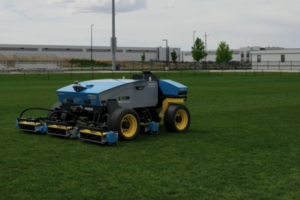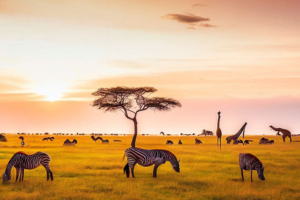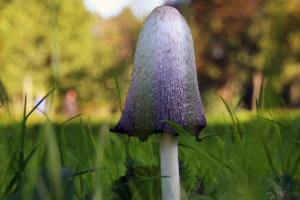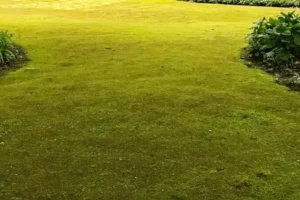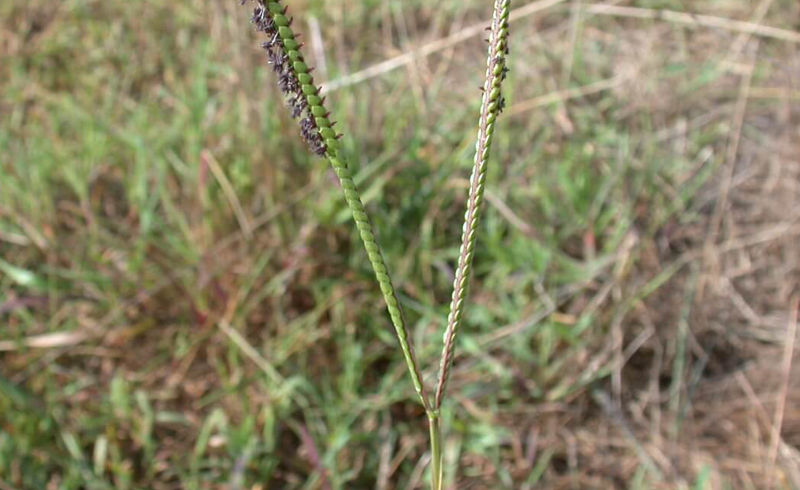
A Disappointing First Cutting
Arkansas pasture managers hope for a more successful second cutting of hay after a disappointing first round. The first cutting was affected by many factors, including poor soil fertility, harsh weather conditions, and a misunderstanding of soil nutritional needs.
John Simon, an extension forage specialist for the University of Arkansas System Division of Agriculture, explained that the disappointing first cutting was not a one-off event but the result of several years of accumulated issues. Despite outreach efforts by the Cooperative Extension Service and other farming resources, there remains to be a widespread understanding of soil nutritional needs.
“Producers typically fertilize a field with a complete fertilizer early in the season, then only come back with nitrogen as needed,” Simon said. “We’ve been doing our best to educate growers about the importance of soil fertility and the correct fertilizer applications.”
The Perfect Storm
However, other issues have also affected this year’s hay crop. As an extension agriculture and natural resources educator, Les Walz said the first cutting in the state fell victim to a “perfect storm.” Last year’s drought across many states led to low-fertility fields going into the winter. This was followed by a freeze during Christmas week, which resulted in winterkill on some warm-season perennial grasses like Bermuda and Bahia, as well as turfgrass and some ornamentals.
This year’s notably wet spring was then capped off by an unusually cool May, with overnight temperatures consistently in the 50s in the northern part of the state. The state’s southern portion saw those cool temperatures during the first week of May, which Walz said delayed their growth.
“With 50-degree nights, the warm season grasses didn’t take off,” Walz said. “All those things fell in line to add up to a terrible first cutting.”
The Importance of the Second Cutting
Most cattle and hay producers in Arkansas tend to let cattle graze those pastures for much of the first half of the year, Simon said, executing a first cutting in the early summer and a second cutting three to five weeks later, depending on the grass variety. Producers who maintain dedicated hay fields may take as many as four or even five cuttings in a season.
For most Arkansas producers, however, much is riding on this year’s second cutting. Simon said the ongoing rainfall throughout the state will likely benefit most growers, provided they can harvest their grasses immediately.
“The nutrient value is largely tied to the maturity stage of the plant,” Simon said. “It’s the No. 1 thing that influences forage quality. In areas where we’re getting rain, the grass matures quickly.”
Looking Ahead
In 2022, many cattle producers in Arkansas and elsewhere were forced to deeply cull their herds, selling off more than they preferred, as the year’s widespread drought made forage scarce. Simon said that despite a disappointing first cut, cattle producers may be able to harvest and stockpile enough forage to avoid a second year of drastic culling.
“We’re a lot greener now than we were this time last year,” Simon said. “We might have a perfect second cutting or even a third.”
In the future, Simon said that soil testing and adhering to appropriate fertilizer recommendations will be essential for pasture managers hoping for a more reliable first cutting in 2024 and beyond. Managing the canopy height of grasses will also be essential to success.
“When doing a hay cutting, we need to raise our mower to a 2 to 3-inch height,” he said. “A common thread I’ve seen in damaged fields is that they were scalped to the ground, cut at 1-1.5 inches, and cut late in the season. With the forage top growth, the root system is a mirror image of the canopy. If you have 1-2 inches of top growth, your roots will be shallow in the soil.”
Despite the challenges faced in the first cutting, Arkansas pasture managers remain hopeful for a successful second round, which could offset the earlier disappointments and provide a much-needed boost to the state’s agriculture sector.
Source: Stuttgart Daily Leader, University of Arkansas System Division of Agriculture

Bob Green, a passionate lawn care enthusiast with over two decades of landscaping experience, is this website’s proud owner. His vast knowledge of horticulture and dedication to helping homeowners maintain beautiful lawns are reflected in the valuable content he shares on his platform. John has always been interested in Agrostology.









